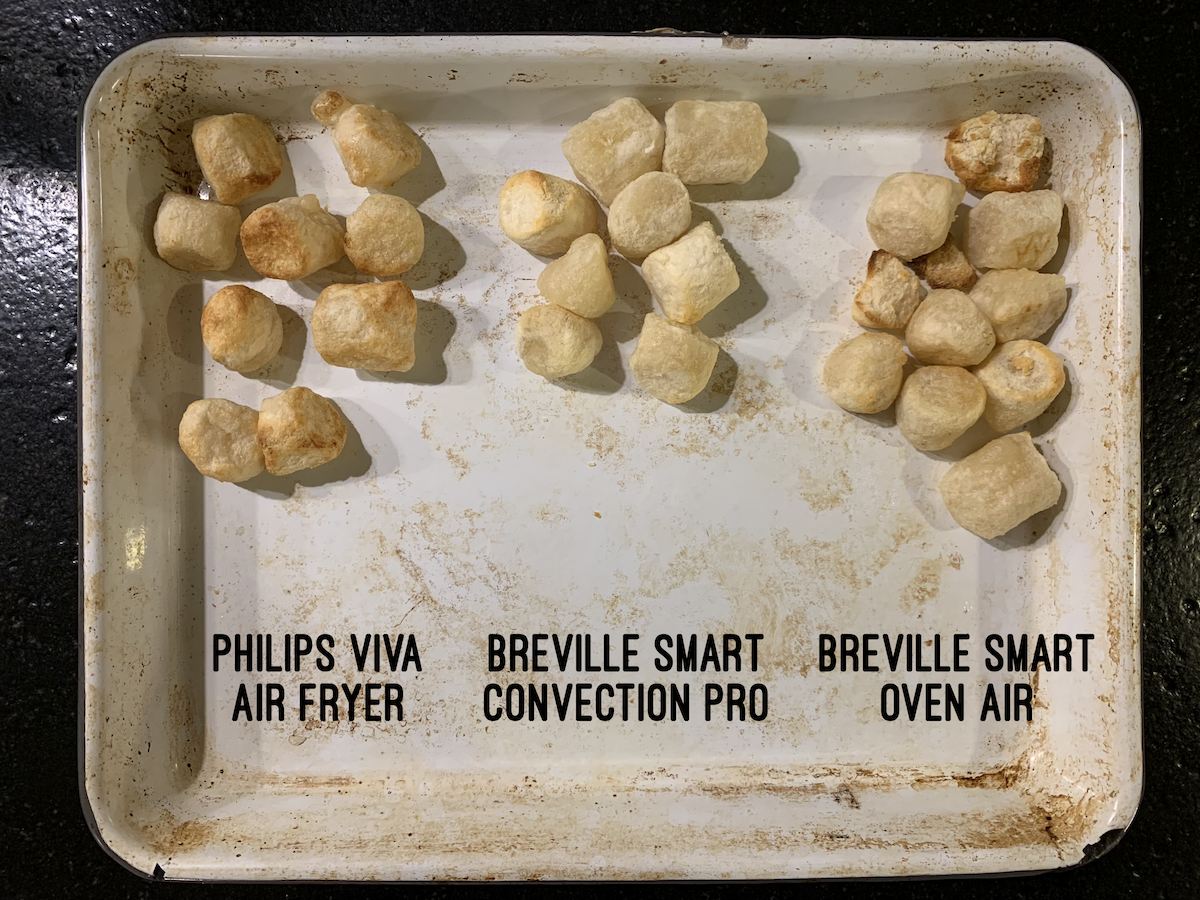How we taught our kids to love veggies
Like most parents, we struggled with this for awhile. Our kids’ taste buds naturally gravitated towards white-colored food (pasta, rice, noodles, cheese, chicken). If they thought they had a choice, those are the things they would choose. We tried the Satter method of offering the food and letting the child decide. We had mild success with that but left to their own devices, would still pick the carb-y foods. Yet today over dinner, our 4 year old, Thomson, inhaled his broccoli, before he even touched his noodles which was right next to it. How did we get there? Patience, consistency and trial and error.
Establish the ground rules. For your family.
During one of our coaching sessions with our family coach, we asked her what we should do/say if we wanted to do things differently from other families. How do we explain why we do things the way we do?
It’s simple. All you have to start with is “In our family, we…” - Susan Stone Belton
Turns out we don’t really have to. All we have to do is establish that this is how our family does things, model good behavior and stick to it. We gathered intel from other parents to help shape our POV. My co-worker at that time, Katja, had strategies which felt right for our family. We borrowed heavily, made some minor adjustments and crafted our family rules.
In our family, we always challenge ourselves to try new things.
In our family, we have to eat veggies. Two small pieces at every meal. That’s right, they don’t get to leave the table until they’ve tried it.
In our family, we don’t get refills of anything unless our plate is clean. We don’t waste food.
Because veggies are good for you, you can always have more.
As a family, we agreed upon the rules and it’s became our meal-time mantra that we kept repeating at each meal. When we first started, it was hard of course. Lots of whining, crying and pouting. But as we stuck to our guns (without at all getting mad, in fact staying extremely calm), the more they realized the rules were here to stay. We started with TINY pieces of veges and as they gained comfort, the pieces got larger and larger. Usually within a week of veggie bootcamp, we saw success. That means, they started to eat it and enjoy it. Or they ate it without complaining but didn’t like it. Every couple of months, we kick-off bootcamp again and introduce the kids to a new veggie/food or a new way of preparing it. They know the drill now so they go along with it. I believe kids need to be taught to eat veggies. And like teaching any other skill, it involves training.
One is better than none
The single broccoli - starting small.
As we started to introduce more and more veggies, we could start to see the type of veggies they liked and those that they hated. Broccoli and cauliflower were always eaten, no question. And anything else involved some mild whining. We’re not aiming for them to eat every vegetable, but we’re aiming for them to eat some. So to me, if they’ll only eat broccoli? That’s still winning.
Keep veggies soulful
I love vegetables. But I hated them as a child. I tried to think back to why that was the case and I always remember my veges being over-cooked or lifeless. Mikee did a ton of experimentation into how to cook the veggies and we discovered that the veggies needed to be very fresh and cooked just right. For us, it means broccoli is dumped into a pot of boiling water and covered for a minute. We immediately drain it and rinse in cold water. It’s perfect crunchiness every single time. For cauliflower, boiling doesn’t work quite as well so we roast at 390F in an air fryer for 15 minutes to get to perfect crispness. An oven at 425F would work fine too.
Have good conversation
Don’t make mealtime become a struggle. Instead of focusing on the food, focus on the conversation. Kids are less likely to be picking at the food if they’re engaged. Every night we pick a new card from one of our table topic cards (and for older kids and grandparents) and it drives our conversation for the duration of the meal. It is one of the most beloved family traditions we have as a family.
Don’t camouflage the veggies
I can make our kids eat almost any fruit or veggie by using any one of the three “S”s: Soup, Smoothie or smothered in a sauce. It works. But to us, it defeats the purpose. Veggies are really the star when they’re mostly left alone. I’m not saying don’t do it, but you can use it as a crutch while you’re working on this to help make sure they’re getting enough fiber. In fact hiding the veggies might send the message to our kids that there’s something wrong with them. That they can’t be eaten unless they’re manipulated in a certain way. And soon, that’s all they’ll associate with veggies.
Wait until they’re hungry. Really hungry.
We always cook the veggies first. There’s also bound to be some veggies always ready to go in the fridge. And when they’re hungry, and dinner is not ready yet, veggies is an option. Sometimes we will set the table and place the veggies on their plate only to find them gone minutes later! What they say is true- when you’re really hungry, you’ll eat anything. This applies to grown-ups too. Next time you walk by the snack rack at work and convince yourself you need a granola bar, see if you’ll eat a piece of celery first. That’s how you’ll know if you’re hungry or greedy. 🤷🏻♀️
Aim for 93%
One of the reasons I think our kids are okay with eating veggies at most of our meals, is because they have something to look forward to each day. Katja also told me about a Scandinavian tradition known as “Lördagsgodis” (Candy day). Every Saturday, kids are allowed to go the candy store to pick out a treat of their choice. In fact, if you go to your local IKEA, you might see that same sign above their candy bar section. Using this as inspiration, we decided to include some of their favorites in our weekly meal planning that would satisfy their cravings.
Monday is
Candy Day
Monday: Candy day (They store all their halloween/birthday party candy in a tin and get to pick from one every Monday, after they’ve had a proper breakfast.)
Tuesday: They each get a box of chocolate milk in their lunch box.
Wednesday: Apple sauce or apple juice with breakfast
Thursday: Bagel for breakfast (We buy a dozen bagels, they get to pick one, and the rest is given to their teachers at school)
Friday: Movie/pizza night (We make our own and make sure veggies are included in toppings)
Saturday: Dessert night, their choice. (Usually that means ice cream or popsicles. They haven’t figured out that apple pie a la mode counts as one dessert yet 😂)
Sunday: Hot chocolate (If we get to church ON TIME, they are allowed to enjoy some hot chocolate at the welcome station)
Having this consistent schedule has really helped with setting expectations and handling disappointments. A typical conversation goes like this...
Thomson, “Daddy, can I please have some ice cream?”
Daddy, “Sure let me check the schedule. Oh looks like dessert day is tomorrow. We can have it tomorrow! (Excitedly) Would you like some fruit instead?”
Thomson, “Oh okay!” (Excitedly!)
And as adults, we allow ourselves treats too so there isn’t a reason why there should have double standards with our kids. Another great thing about this schedule is that you can also build in natural consequences for undesired behaviors.
E.g. not brushing teeth = no dessert tomorrow
not getting out of the house on time = no time for hot chocolate
You do you
Each family is different. Our kids are different. These are just what we’ve learnt from our experiences. Maybe they won’t work for your family but I hope at least this will serve as inspiration. Be creative, try new things but remember that modeling the right behaviors and consistency can go a long way.
Have any other success stories with your kids? Please share in the comments!






